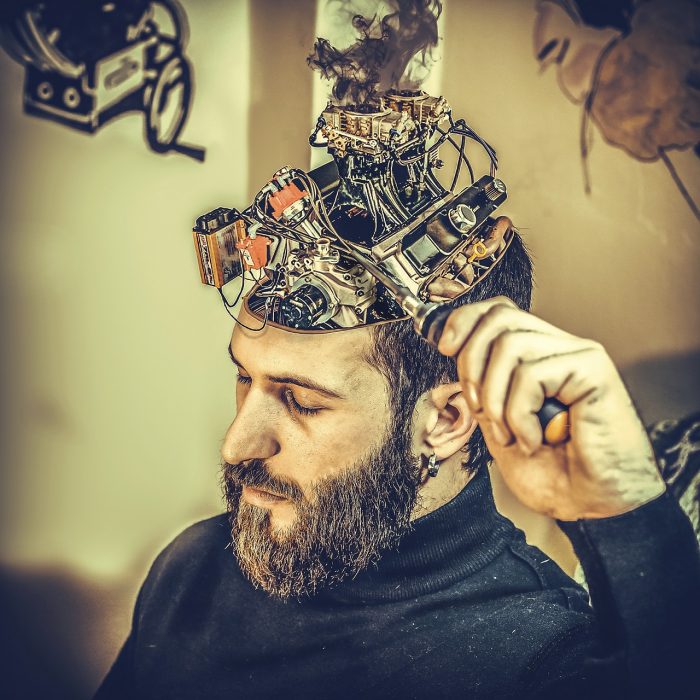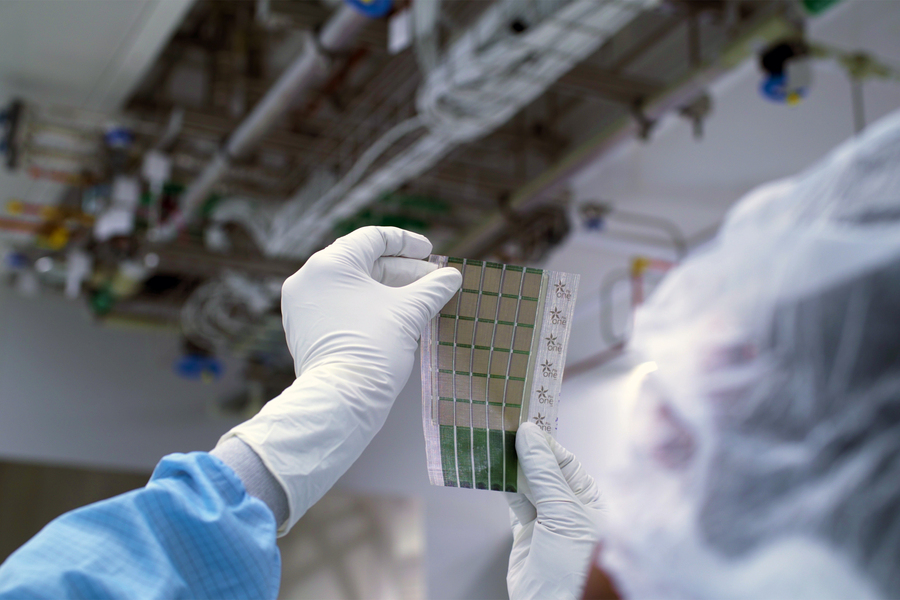When thinking about implantable neural interfaces what comes to mind is the electrodes implanted in Frankenstein’s neck and how they were used to channel electricity from lightning to jumpstart his organs.
But what scientists today are contemplating is similar but infinitely finer. Let’s face it Dr. Frankenstein was a hack, and today’s scientists are anything but. Researchers are now designing and fabricating electrodes for transcutaneious communication. That is for communication through the skin. And while we could see Frankenstein’s implanted electrodes, implantable neural devices will be subminiature, possibly on the nanoscale.
Today scientists and engineers are contemplating using cellular level silicon to connect with neurons to improve or restore sight or to decrease inflammation, for example. But in order to do this suitable hardware must be developed that is biocompatible and communicates using “neural computation”, that is, speaking in the language of cells and neurons.
DARPA Developing Implantable Neural Interface Systems
DARPA is funding the creation of implantable neural interface technology that would allow data-transfer bandwidth between the human brain and digital repositories at a high level of resolution and accuracy. For an abstract of what DARPA is looking for take a look at America’s Seed Fund posting.
DARPA’s “Neural Engineering System Design Program (NESD) recently chose five groups to receive grants according to SFGATE.
The current state of the art in this area is the Utah Electrode Array (UEA) described as follows:
The Utah electrode array (UEA) is a representative example of silicon-based neural interfaces. They are typically encapsulated with the USP Class VI biocompatible material, Parylene-C, on the inactive areas to insulate and encapsulate the electrodes and minimize damage to the neural tissue. In order to record or stimulate neural signals, the active electrode sites must be deinsulated. Tip deinsulation of Parylene-coated UEAs is typically performed by a reactive ion etching (RIE) process using an O2 plasma, and an aluminum foil mask. This technique has limitations due to nonuniform tip exposure lengths contributing to large impedance variations (o > 0.5 MQ), and difficulty in controlling the magnitude of tip exposure, especially for tip exposures less than 40 ^m, which are needed to increase its selectivity in recording or stimulating single or multiple neurons. Moreover, foil masks cannot be used for more complex electrode geometries, such as variable height electrodes.
Clearly, Dr. Frankenstein would be very excited about the idea of neural implants! But things could get out of hand and that’s where the Center for Neural Interfaces at the University of Utah comes in. Established in 1995 its mission includes:
• Developing multichannel interfaces to the nervous system
• Evaluating the safety and efficacy of these interfaces in animal experimentations
• Using these devices to extend knowledge in the field of parallel information processing by the nervous system
• Applying these devices to problems of the human nervous system
• Developing new therapeutic approaches to disorders of the nervous system
• Training students in the use of these devices for further applications in either academic or commercial environments.
The following video “DARPA Implants Chips in US Soldiers’ Brains” provides more details on the DARPA project/goals.







